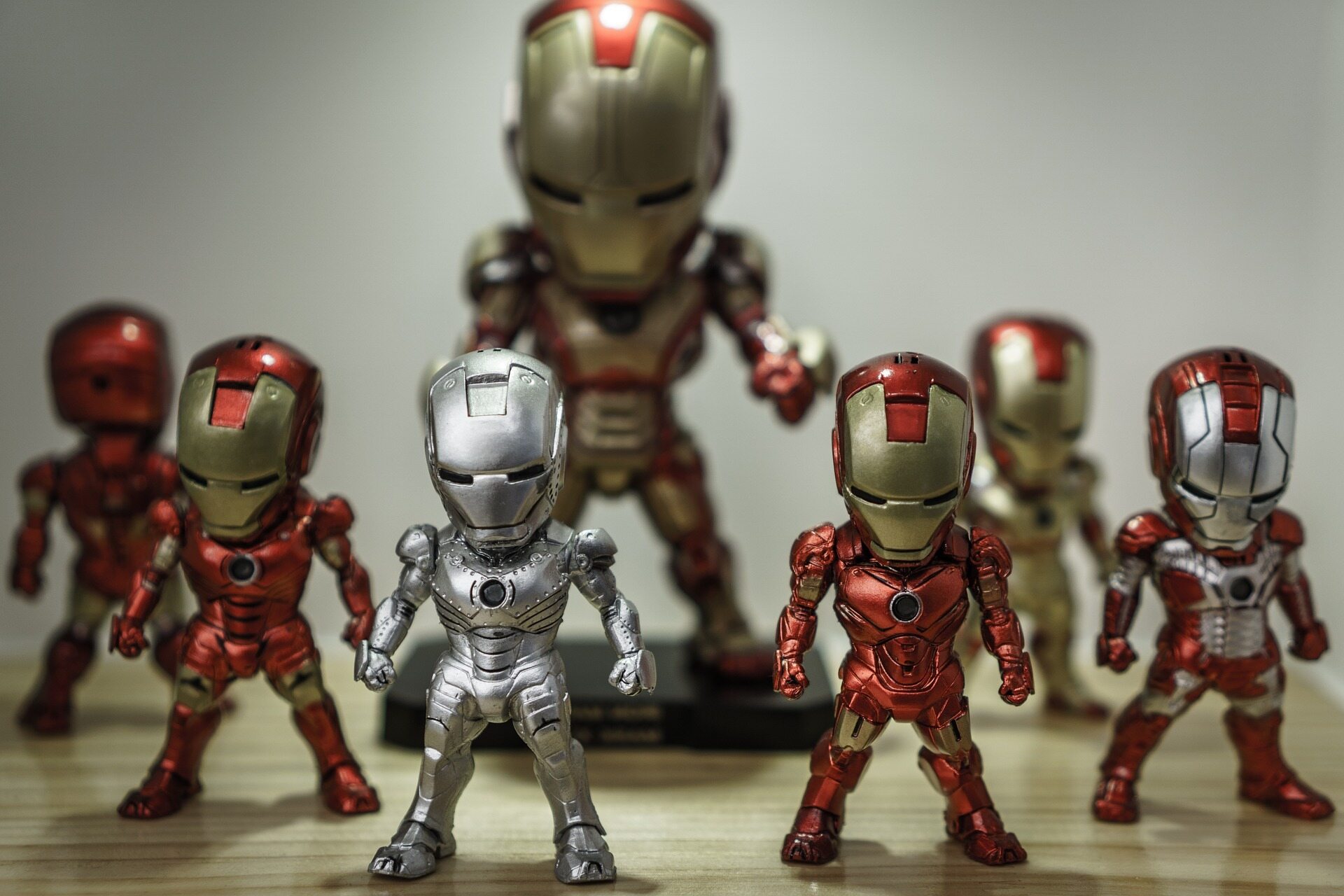
Collector's items have always fascinated people, sparking curiosity and passion. But what makes these objects so special? Collector's items are unique or rare objects that hold significant value, either monetarily or sentimentally. They range from vintage toys and rare coins to antique furniture and limited-edition art pieces. Collectors often seek these treasures for their historical importance, aesthetic appeal, or the thrill of the hunt. Whether you're a seasoned collector or just starting, understanding the allure and value of these items can be both exciting and rewarding. Ready to dive into the world of collectibles? Let's uncover 27 intriguing facts about these prized possessions!
Key Takeaways:
- Collector's items are rare, valuable objects collected for personal interest, investment, or nostalgia. They include historical artifacts, rare coins, stamps, vintage toys, fine art, and sports memorabilia.
- Some collector's items, like the Rosetta Stone and Babe Ruth's jersey, hold immense historical and monetary value, making them highly sought after by collectors and enthusiasts.
What Are Collector's Items?
Collector's items are objects valued for their rarity, condition, or historical significance. People collect these items for various reasons, including personal interest, investment, or nostalgia. Let's dive into some fascinating facts about these prized possessions.
Historical Artifacts
Historical artifacts often hold immense value due to their age and the stories they tell.
- The Rosetta Stone, discovered in 1799, helped decode Egyptian hieroglyphs.
- The Dead Sea Scrolls, found in the 1940s, date back over 2,000 years.
- King Tutankhamun's tomb, unearthed in 1922, contained over 5,000 artifacts.
- The Magna Carta, signed in 1215, is a cornerstone of modern democracy.
- The Antikythera mechanism, an ancient Greek analog computer, dates back to 150-100 BC.
Rare Coins
Coin collecting, or numismatics, is a popular hobby due to the historical and monetary value of coins.
- The 1933 Double Eagle coin sold for $7.6 million in 2002.
- The 1794 Flowing Hair Silver Dollar is believed to be the first silver dollar minted by the U.S.
- The 1913 Liberty Head Nickel is one of only five known to exist.
- The 2007 Queen Elizabeth II Million Dollar Coin is made of pure gold.
- The 1804 Silver Dollar, known as the "King of U.S. Coins," is extremely rare.
Stamps
Stamp collecting, or philately, is another popular hobby with a rich history.
- The British Guiana 1c Magenta, issued in 1856, is the world's most valuable stamp.
- The Inverted Jenny, a U.S. stamp from 1918, features an upside-down airplane.
- The Penny Black, issued in 1840, was the world's first adhesive postage stamp.
- The Treskilling Yellow, a Swedish stamp from 1855, is unique due to a printing error.
- The Mauritius "Post Office" stamps from 1847 are among the rarest in the world.
Vintage Toys
Vintage toys can fetch high prices due to their nostalgic value and rarity.
- The original G.I. Joe action figure from 1964 is highly sought after.
- A 1959 Barbie doll in mint condition can sell for thousands of dollars.
- The 1978 Luke Skywalker action figure with a double-telescoping lightsaber is rare.
- The 1969 Hot Wheels Volkswagen Beach Bomb is one of the most valuable toy cars.
- The 1938 Action Comics No. 1, featuring Superman's debut, is a prized comic book.
Fine Art
Fine art pieces are often collected for their beauty and investment potential.
- Leonardo da Vinci's "Salvator Mundi" sold for $450.3 million in 2017.
- Vincent van Gogh's "Starry Night" is one of the most famous paintings in the world.
- Pablo Picasso's "Les Femmes d'Alger" sold for $179.4 million in 2015.
- Edvard Munch's "The Scream" fetched $119.9 million at auction in 2012.
- Gustav Klimt's "Portrait of Adele Bloch-Bauer I" sold for $135 million in 2006.
Sports Memorabilia
Sports memorabilia can be incredibly valuable, especially items associated with legendary athletes.
- Babe Ruth's 1920 Yankees jersey sold for $4.4 million in 2012.
- A Honus Wagner T206 baseball card from 1909 is one of the rarest and most valuable cards.
The Fascination of Collecting
Collecting items isn't just a hobby; it's a way to connect with history, culture, and personal memories. Whether you're into vintage toys, rare coins, or classic cars, each piece tells a story. Collectors often find joy in the hunt, the thrill of discovering something unique. Plus, some items can appreciate in value over time, making them a smart investment.
But it's not just about money. The emotional value of a collection can be priceless. Holding a piece of the past, something that has survived decades or even centuries, can be incredibly fulfilling. So, if you've got a passion for collecting, keep at it. Your collection is a reflection of your interests, your history, and your personality. And who knows? Your next find might just be the crown jewel of your collection.
Frequently Asked Questions
Was this page helpful?
Our commitment to delivering trustworthy and engaging content is at the heart of what we do. Each fact on our site is contributed by real users like you, bringing a wealth of diverse insights and information. To ensure the highest standards of accuracy and reliability, our dedicated editors meticulously review each submission. This process guarantees that the facts we share are not only fascinating but also credible. Trust in our commitment to quality and authenticity as you explore and learn with us.


